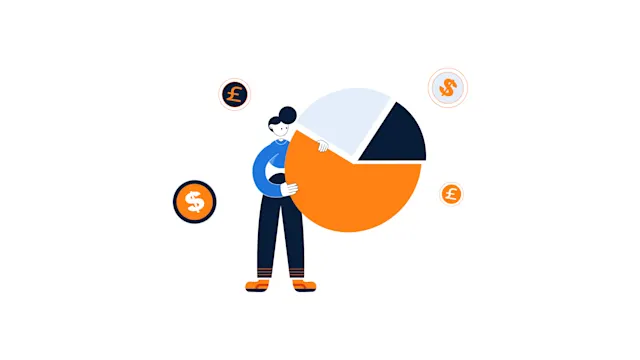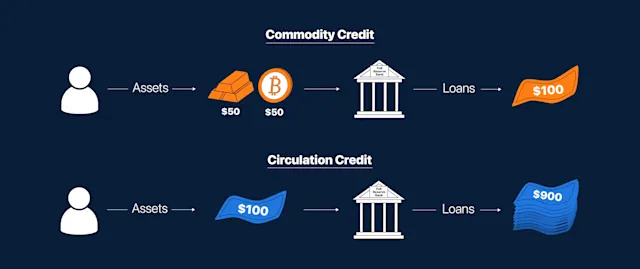
What Happened in 1971?
On August 15th, 1971, President Richard Nixon announced his new economic program “creating prosperity without war” and the aftereffects of these policies have been referred to as the “Nixon Shock”.
The Nixon Shock
On August 15th, 1971, President Richard Nixon announced his new economic program, “creating prosperity without war,” and the aftereffects of these policies have been referred to as the “Nixon Shock.” This program marked the beginning of the end of the Bretton Woods system’s convertibility of dollars to gold, which was established at the end of World War II (WW II).
Context of the Nixon Shock
Post-WW II (in 1944), 44 countries meet at Bretton Woods to discuss a new monetary system, among other contentious matters for political and economic prosperity. The newly devised monetary system was named the Bretton Woods system, of which one of the key elements was that countries would fix their currencies to US Dollar (USD), and the USD would be pegged at a fixed price of $35 per ounce of gold. The US had the strongest economy post-WW II, holding about ⅔ of the world’s official gold reserves; thus, countries were inclined to allow the USD to be the global trading currency. The USD essentially become the global reserve currency with the trust that the US adhered to its responsibility of adjusting the supply of dollars to maintain confidence in the future convertibility to gold.
The system worked well for about 25 years. Although the overzealous expenditures on foreign aid, military spending, social programs, and foreign investments had forced the US to print more dollars than the gold reserves, it had to convert back at the fixed price. The US became vulnerable to a run-on gold as countries began to lose their confidence in the US’s ability to convert dollars back into gold; this threatened the USD’s status as the reserve currency and, overall, the Bretton Woods monetary system.
As more countries became convinced that the USD was overvalued and that its price would collapse one day, they became more inclined to sell their dollars which resulted in multiple runs on the dollar and gold. With increasing inflation in the US and international pressure, President Nixon convened a meeting on August 13th, 1971, and announced his new economic policy (The Challenge of Peace). The most notable announcement from his speech was the unilateral act to suspend the dollar’s convertibility to gold. This meant that foreign governments could no longer convert their dollars back into gold. This decision effectively abounded the Bretton Woods system of fixed exchange rates to hard money (gold) in favor of the current system of floated exchange rates (a fiat system)



